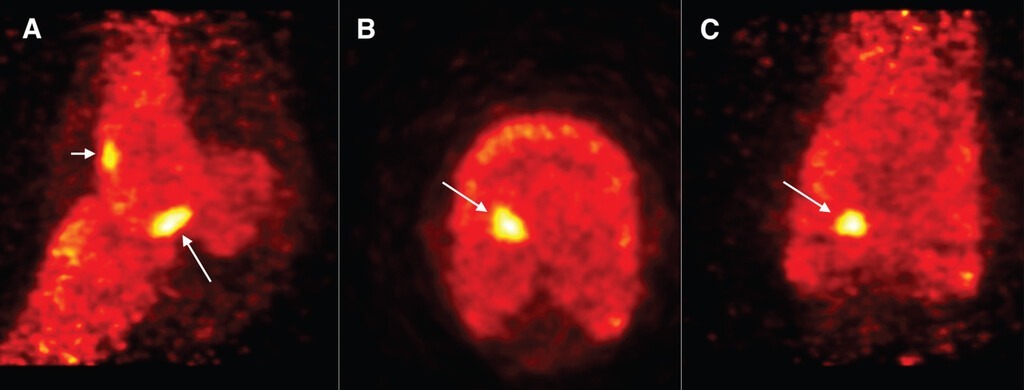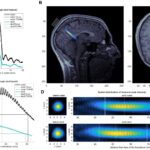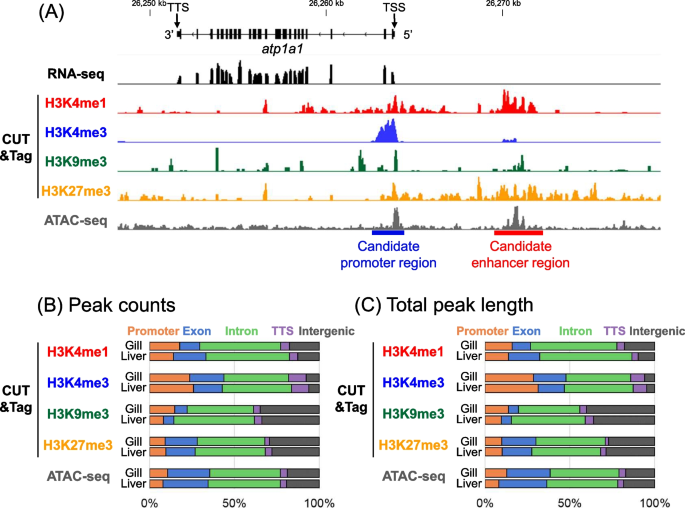2024-07-11 ワシントン州立大学(WSU)
<関連情報>
- https://news.wsu.edu/press-release/2024/07/11/movement-sensors-show-promise-in-identifying-horses-at-injury-risk/
- https://avmajournals.avma.org/view/journals/javma/aop/javma.24.02.0114/javma.24.02.0114.xml
加速度計を用いて3頭の競走サラブレッドにおける致命的な筋骨格系損傷の高いリスクを特定 Using accelerometers to identify a high risk of catastrophic musculoskeletal injury in three racing Thoroughbreds
Denise Mc Sweeney DVM, MS;Mikael Holmström DVM, PhD;Kevin D. Donohue PhD ;David H. L…
Journal of the American Veterinary Association Published:21 Jun 2024
DOI:https://doi.org/10.2460/javma.24.02.0114


Abstract
OBJECTIVE
To describe the process whereby the screening of racing Thoroughbreds with accelerometer-based inertial measurement unit (IMU) sensors followed by clinical evaluation and advanced imaging identified potentially catastrophic musculoskeletal injuries in 3 horses.
ANIMALS
3 Thoroughbred racehorses.
CLINICAL PRESENTATION
All cases demonstrated an abnormal stride pattern either during racing (cases 1 and 2) or while breezing (case 3) and were identified as being at very high risk of catastrophic musculoskeletal injury by an algorithm derived from IMU sensor files from > 20,000 horses’ race starts. Veterinary examination and 18F-sodium fluoride ( 18 F-NaF) positron emission tomography were performed within 10 days of the respective race or breeze in each of the cases.
RESULTS
The intensity and location of the 18 F-NaF uptake in the condyles of the third metacarpal bone in cases 1 and 2 identified them as at potential increased risk of condylar fracture. The pattern and intensity of the 18 F-NaF uptake in case 3 indicated that the third carpal bone was likely responsible for the horse’s lameness, with an impending slab fracture subsequently identified on radiographs. Following periods of convalescence, cases 1 and 2 returned to racing and were identified by the sensor system as no longer being at high risk of catastrophic musculoskeletal injury. Case 3 returned to training but has yet to return to racing.
CLINICAL RELEVANCE
When worn by Thoroughbreds while racing or breezing, these IMU sensors can identify horses at high risk of catastrophic musculoskeletal injury, allowing for veterinary intervention and the potential avoidance of such injuries.



